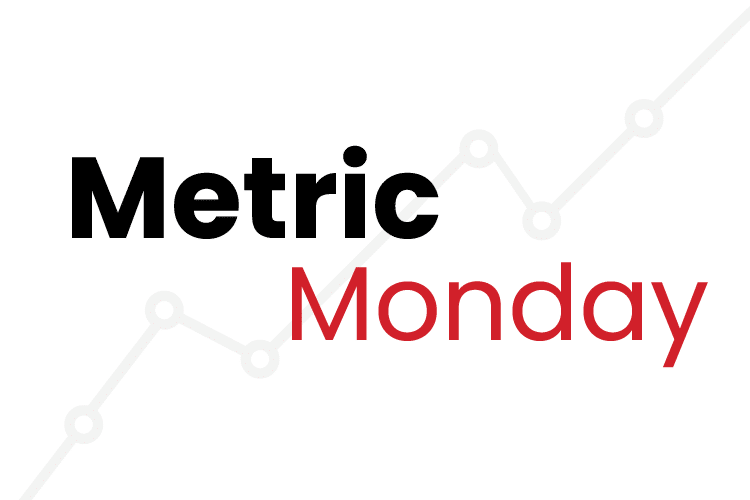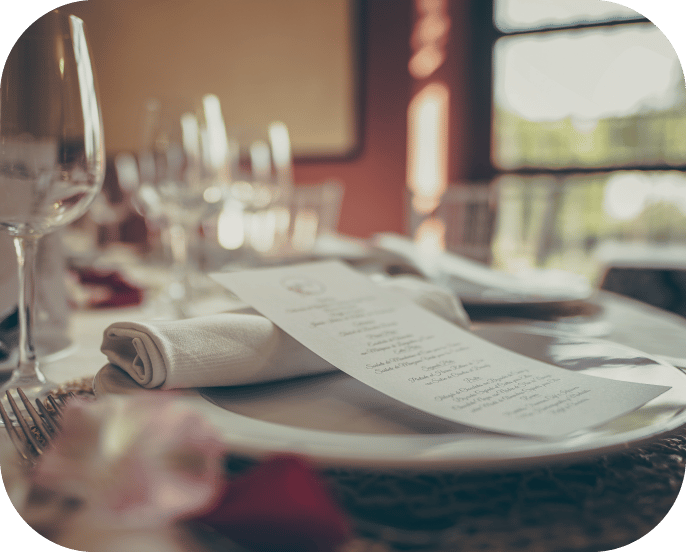What is the Most Profitable Order Mode for Your Restaurant – Dine-In, Delivery, Takeout, or Drive-Thru?
Dine-in is alive and well, with a healthy number of consumers going out for a full dining experience on a regular basis. Yet, the convenience and comfort of off-premise dining don’t seem to be dying down to pre-pandemic figures. In fact, according to a recent survey by the National Restaurant Association, two-thirds of adults say they’re more likely to order takeout food from a restaurant than they were before the pandemic.
In order for operators to keep their customers satisfied while sustaining a healthy margin, they must first understand which modes of operation are the most profitable for their business model.
How to determine a restaurant’s profit margin
Your net profit margin is based on your net income, which is calculated by your total revenue minus your operating expenses (your CoGS and other operating costs like payroll, maintenance, and rent). Divide your net profit by your total sales, and you can calculate the percentage of net profit you earn for every dollar you bring in, accounting for your expenses. Your profit may be a dollar amount, but your profit margin is your profit as a percentage of sales.
How to calculate your restaurant’s most profitable order mode
Now that you know your restaurant’s profit margin, the next step is to determine where the bulk of your money is coming from. Evaluating the numbers behind your order modes is key to planning restaurant operations and understanding the overall financial health of your restaurant.
Some restaurant reporting solutions offer reporting by order mode, helping you understand which channel is creating the greatest profit margin.
To calculate your most profitable channel, start by examining your top five order modes, pulling sales information from your POS. For example, here are five common order modes that your restaurant may be using:
- Dine-In
- Delivery
- Pick Up/To Go (takeout, curbside)
- Catering
- Drive Thru
Once you are able to break down each order channel by sales amount, you can look at your profit margin individually. The profit margin for each channel will be determined by the difference between the item price, item cost, and any associated fees.
Now is the time to find out what is working and what is not; and make changes. With data in hand, you can break down your profitability and evaluate whether you are making or losing money between different off-premise channels.
Next, you should take a closer look at your delivery channel in particular.
How to calculate the cost of delivery for a restaurant
Customers find delivery convenient. But for operators, delivery can be quite challenging. It’s expensive to hire drivers. Third-party providers like DoorDash or Grubhub charge a fee that cuts into their already razor-thin margins. And when deliveries go wrong, the restaurants take the blame, whether it’s their fault or not.
Even before the pandemic, operators were weighing whether third-party delivery services were viable with a restaurant business model. Many delivery services are not very profitable from a “sales minus cost” perspective.
Although delivery profit margins may be lower, it may be worth investing in these delivery channels from a marketing standpoint. Delivery services invest a lot in advertising and have a wide reach with potential customers. Using these channels may enable customers to find your restaurant, providing you with the opportunity to create a loyal customer who can continue to order via more profitable channels such as dine-in and takeout.
To calculate the profitability of online food delivery for your business, you can repeat a similar process with your restaurant reporting solution at the delivery service level.
Pull your top delivery services, based on total sales amount for a certain period of time. This may include delivery service options like:
- Uber Eats
- Grub Hub
- Door Dash
- Seamless
- Postmates
- ChowNow
Next, examine these top delivery services by profit margin. Higher sales with one platform does not necessarily mean that delivery service is the most profitable. To calculate your margin, take into account your cost of goods sold, delivery fees, and other operating costs to get the profit margin. Finally, sort by profit margin to see your true top performers by profit margin (not just total sales). Considering the commission rates and delivery fees for each third-party service is key to understanding what is most profitable for your restaurant. It can be challenging to track fees and percentages for your restaurant accounting, making it essential to stay on top of your reporting.
The future of restaurant off-premise channels
The profitability calculation for restaurant owners and operators is constantly changing. Delivery companies have adjusted some of their fees during the pandemic, and some cities, including New York City and Los Angeles, have capped fees for these third-party delivery companies.
What is certain is that someone will be paying for the costs of off-premise channels and delivery, whether that is the restaurant, a third-party service, or the customer. It is likely that consumers will become used to the convenience of online food delivery, and they may expect to order frequently through off-premise channels in the long term.
Conclusion
Having access to the data about the most profitable order mode for your restaurant is essential to setting your restaurant up for success. It’s important to check in frequently as sales can shift due to various reasons such as the season, local events, and consumer sentiment. With robust accounting, operating, and reporting tools, you can examine your past sales trends and be well-prepared to meet these shifts before they take place.



